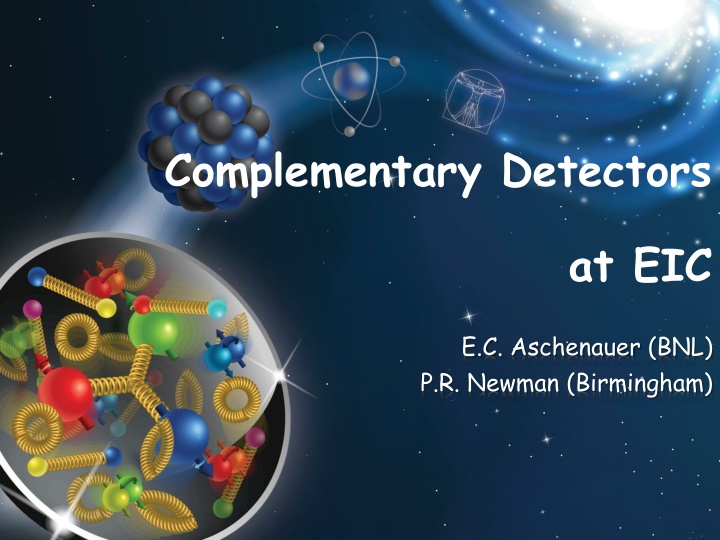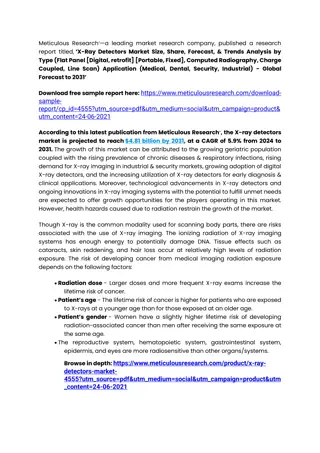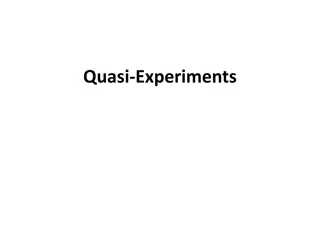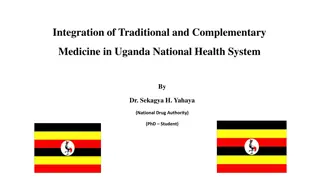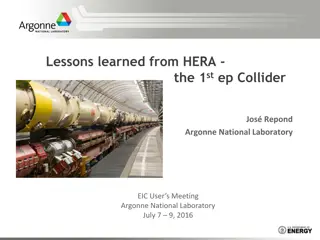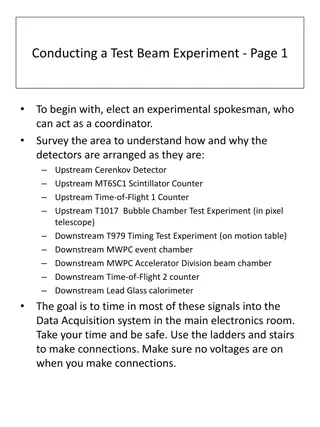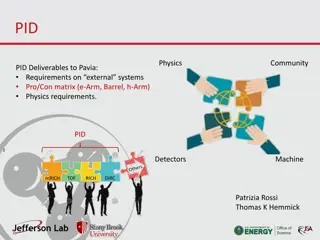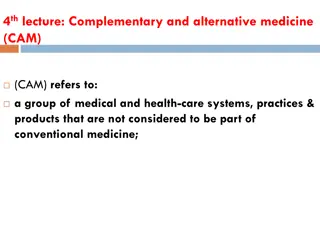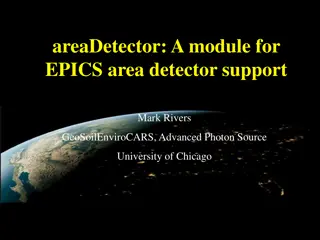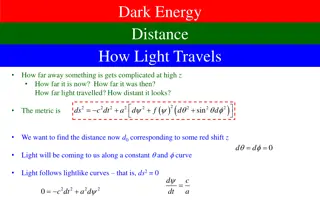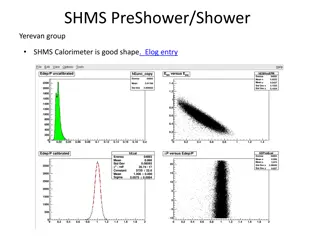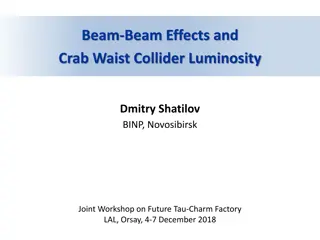Complementary Detectors for High-Luminosity Experiments
The work discusses the need for high luminosity at full acceptance in accelerator experiments, outlining boundary conditions and requirements for detectors. Various images illustrate the integration of experimental equipment in the IR, highlighting the structure and components of central detectors. General purpose detectors are emphasized, detailing the essential features like large rapidity coverage, precision tracking, and calorimetry. Detector requirements from a physics perspective are also examined, emphasizing the importance of defining complementarity in terms of CMS energies and kinematic regions. Key parameters for detector setup and optimization are outlined to cater to various physics topics and experimental needs.
Uploaded on Nov 12, 2024 | 1 Views
Download Presentation

Please find below an Image/Link to download the presentation.
The content on the website is provided AS IS for your information and personal use only. It may not be sold, licensed, or shared on other websites without obtaining consent from the author.If you encounter any issues during the download, it is possible that the publisher has removed the file from their server.
You are allowed to download the files provided on this website for personal or commercial use, subject to the condition that they are used lawfully. All files are the property of their respective owners.
The content on the website is provided AS IS for your information and personal use only. It may not be sold, licensed, or shared on other websites without obtaining consent from the author.
E N D
Presentation Transcript
Complementary Detectors at EIC E.C. Aschenauer (BNL) P.R. Newman (Birmingham)
We want it all high Luminosity at full acceptance But there are some boundary conditions accelerator experiment 2 3rd YR Worshop@CUA September 2020 E.C. Aschenauer & P.R. Newman
A high level view Experimental Equipment fully integrated in IR spans +/-30 m length of Central Detector impacts luminosity Distance 1st focusing quad to IP p/ion beam e beam forward dipole Ion final- focus quads forward dipole incl. h- detection far-forward h-detection far-forward h detection far- backward e-detection e final- focus quads Central detector , includes e-endcap, central, and p/ion endcap detectors GPDs/DVCS, tagging, diffraction high/medium t GPDs/DVCS, tagging, diffraction lowest-t Low-Q2 spectroscopy Inclusive Structure Functions, TMDs, heavy flavors and jets, electrons for GPDs Baryon decay /K structure evaporated n E.C. Aschenauer & P.R. Newman 3
General Purpose Detector High level detector requirements: Large rapidity (-4 < < 4) coverage; and far beyond in especially far-forward detector regions High precision low mass tracking o small ( -vertex) and large radius (gaseous-based) tracking Electromagnetic and Hadronic Calorimetry o High performance PID to separate , K, p on track level o also need good e/p separation for electron- scattering Large acceptance for diffraction, tagging, neutrons from nuclear breakup: critical for physics program o Many ancillary detector integrated in the beam line: low-Q2 tagger, Roman Pots, Zero-Degree Calorimeter, . High control of systematics o luminosity monitors, electron & hadron Polarimetry equal coverage of tracking and EM-calorimetry Advantage: one device for all physics, better background rejection and systematic control More challenging to design Lifetime = Facility lifetime To date no argument has been presented to change this overall concept E.C. Aschenauer & P.R. Newman 4 3rd YR Worshop@CUA September 2020
Detector Requirements from Physics E.C. Aschenauer & P.R. Newman 5 3rd YR Worshop@CUA September 2020
What is important to define Complementarity Different CMS energies, luminosities can place emphasis on complementary kinematic regions (possible staging?) most physics topics require a wide range in (x,Q2) need to run at different s Vary x-Q2 / correlation for SiDIS, HF, exclusives Some topics (eg far forward) may require dedicated set-up of detector or interaction region synchrotron radiation fan and crossing angle define acceptance solenoid aligned with lepton beam asymmetric acceptance in central detector in hadron beam direction gaps between different detectors along beamlines can be optimized differently in both IRs Other possible key parameters: Material budgets Solenoid / forward magnetic field strength Space for detector (minimum: +/-4.5m longitudinally) Beamline instrumentation vs. IR design Technology readiness E.C. Aschenauer & P.R. Newman 6 3rd YR Worshop@CUA September 2020
Complementarity Group Meetings - Progress so far Separate meetings held to focus on needs of each Physics Working Group in turn and on implementation plans with most Detector Working Groups (Far-forward still to be done). Very positive engagement (thanks) with lots of ideas No strong arguments made for a dedicated second detector aim for 2 GPDs Opportunities to optimize to different physics aims by having different solenoid field strengths + maybe different emphasis on precision tracking v PID etc Main source of complementarity likely to lie in different technology choices. Details so far not very clear Next steps require more detailed simulations, including multiple detector components and the interfaces and interactions between them. E.C. Aschenauer & P.R. Newman 7 3rd YR Worshop@CUA September 2020
Till Today Defined Complementarity Solenoid field High field for precise measurement of high pT charged particles (scattered electron, leading particles in SiDIS ) Lower field for acceptance of lower pT charged particles (spectroscopy, some charm decays ) Complementary Technologies muon detection Question is tracking + ECAL- HCAL response enough To get two detectors complementary in technology but with equal performance one needs to optimize the full detector and not only push individual subdetectors performances E.C. Aschenauer & P.R. Newman 8 3rd YR Worshop@CUA September 2020
Additional Science Opportunities Integrate fixed target into collider: done at LHC (ALICE and LHCb) and STAR@RHIC for EIC on can do ep/A fixed target --> access to high x pp/A important to test universality for TMDs, GPDs, E.C. Aschenauer & P.R. Newman 9 3rd YR Worshop@CUA September 2020
Complementarity Matrix For YR write up Collect information neatly via a Physics Topic v Detector Component matrix Each element clickable to add content (could leads to a page with list of files / links) complementarity ideas (see list of questions asked to Working Groups) problems arising from baseline design May need more rows, subdividing some of the PWGs (eg for SIDIS) ECA and PRN populate based on material from Complementarity meetings so far Invite others to add material during / after CUA meeting E.C. Aschenauer & P.R. Newman 10 3rd YR Worshop@CUA September 2020
E.C. Aschenauer & P.R. Newman 11 3rd YR Worshop@CUA September 2020
Boundary Conditions Interaction Region: All beams transport over full energy range Magnet aperture-edge fields < 4.6 T Detune low-beta or do not run for Ep>~180 GeV Sufficient DA and momentum aperture Total beam-beam < 0.03 (p), 0.1 (e) Beam aperture >10 (p); >15 x/20 x H/V (e) Electron aperture accommodates non-Gaussian tails Dispersion and dispersion constraints at crab cavities E.C. Aschenauer & P.R. Newman 12 3rd YR Worshop@CUA September 2020
Luminosity vs. Detector Space ???? ? ?? ??/? ??/? 4? ???? Luminosity: ? = ? but reduce emittances by factor n ( note nb is original number of bunches, new is n nb), which requires much stronger cooling cool cool / 2,4, The original luminosity is then recovered Luminosity can now be increased by squeezing the betas by a factor 2 which is possible since the envelope in the final focus quadrupoles has shrunk by a factor of 2 in x and y One is left to deal with the enhanced IR chromaticity which went up by a factor of 2 which reduces the dynamic aperture by a factor ~2 How to reduce IR chromaticity? Increase crossing angle to get final focus quadrupoles closer to IP cross cross x 2 asymmetric and reduced acceptance for high hadrons Electrons: final focus quadrupoles in the detector Hadrons: Impact on detector: asymmetric material budget in outgoing hadron beam direction ? 2 ? ? L* Detector Size directly coupled to Luminosity E.C. Aschenauer & P.R. Newman 13 3rd YR Worshop@CUA September 2020
